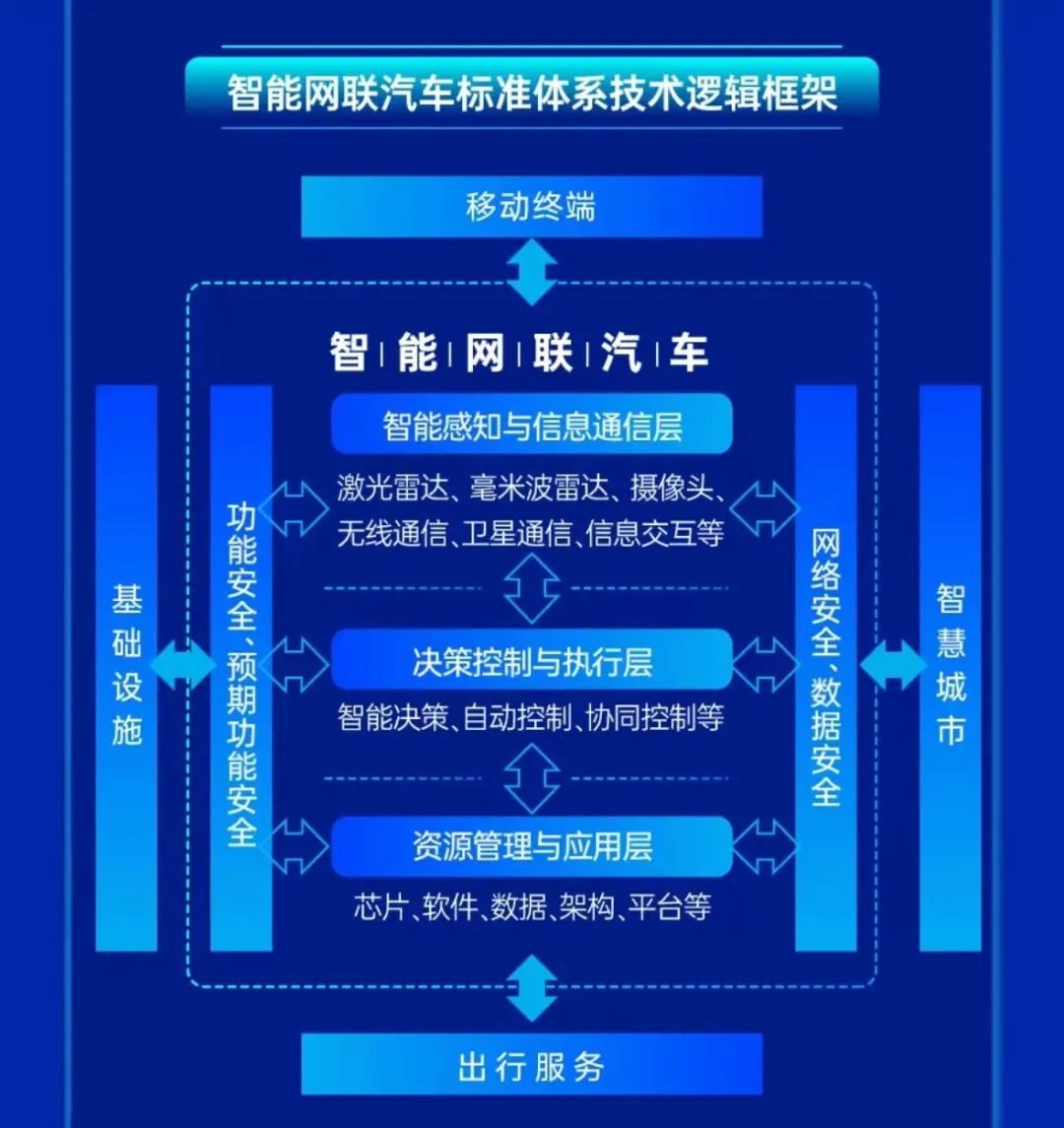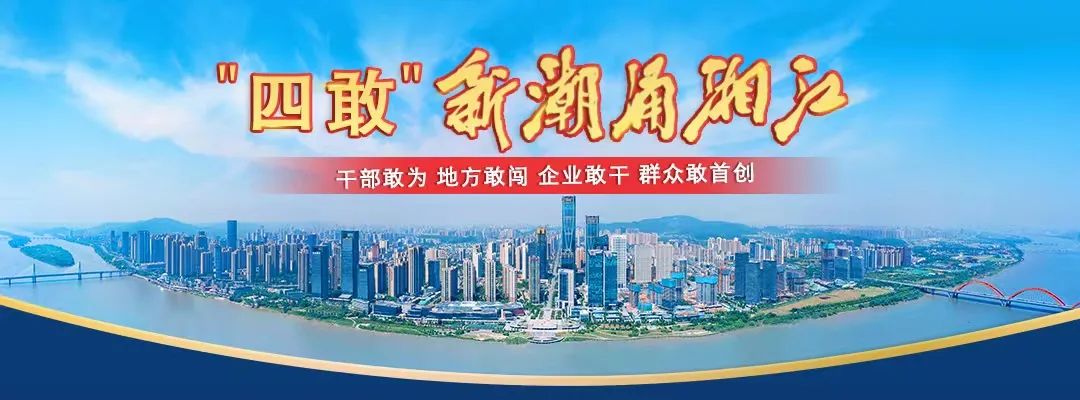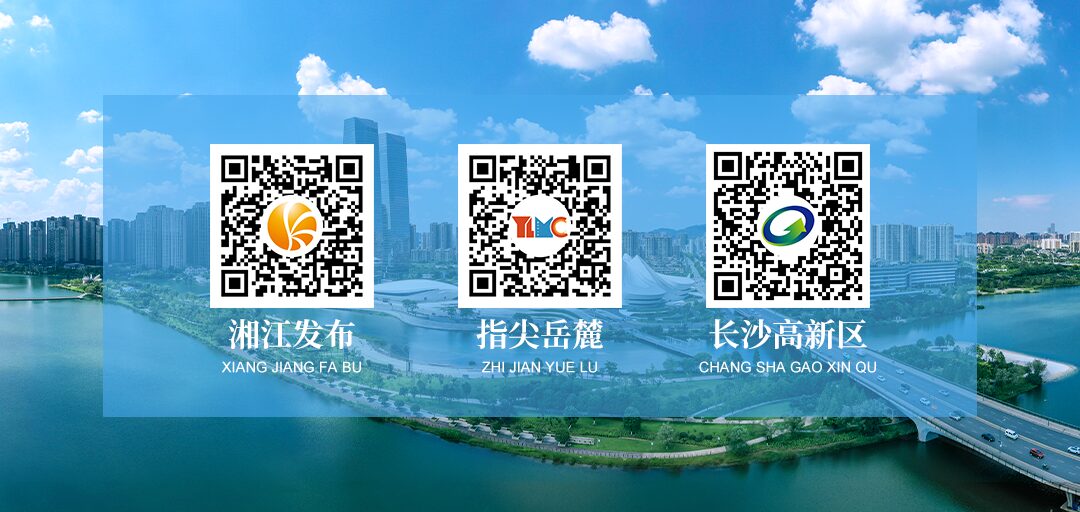On July 27, the National Standardization Administration of the Ministry of Industry and Information Technology issued the “Guidelines for the Construction of the National Internet of Vehicles Industry Standard System (Intelligent Connected Vehicles) (2023 Edition)” (referred to as the “2023 Standard System Construction Guidelines”).
“To adapt to the new trends, new characteristics, and new demands of the development of intelligent connected vehicles nationwide, and to accelerate the construction of a new type of intelligent connected vehicle standard system,” the word “new” has become a high-frequency term in the “2023 Standard System Construction Guidelines.”
The specific construction goals and phases are also clarified. The first phase, by 2025, aims to establish a standard system for intelligent connected vehicles that can support combined driving assistance (Level 2) and general functions of autonomous driving. The second phase, by 2030, aims to fully establish a standard system for intelligent connected vehicles that can support the coordinated development of single-vehicle intelligence and network empowerment.

To achieve these goals, forming a complete safety management mechanism, standards, and capabilities is an unavoidable challenge. From the perspective of challenges brought by global intelligent vehicle regulatory regulations, the formulation of safety standards and regulations for Internet of Vehicles technology is the foundation for the legal and compliant operation of intelligent vehicles, the initiation of the intelligent vehicle industry scale, and the large-scale market launch.


◎Contributed by: Xiangjiang Media Reporter He Xiying
◎Edited by: Li Haozhe
▶ New Area Citywalk, why is it so desirable?
▶ Pursuing Dreams, what makes Hunan Xiangjiang New Area stand out?
▶ Observation | How “Small Homestays” Drive “Big Industries” in Rural Revitalization




